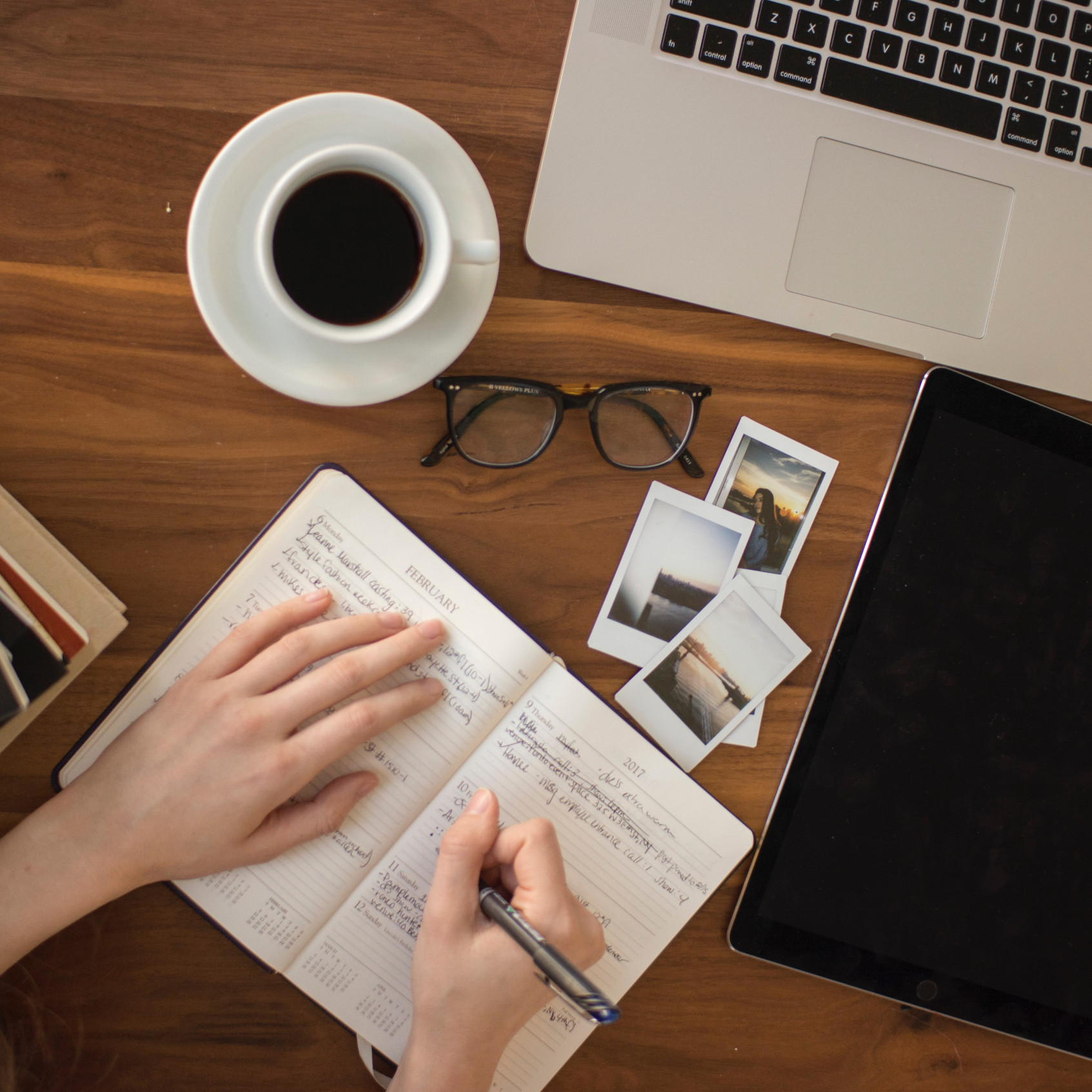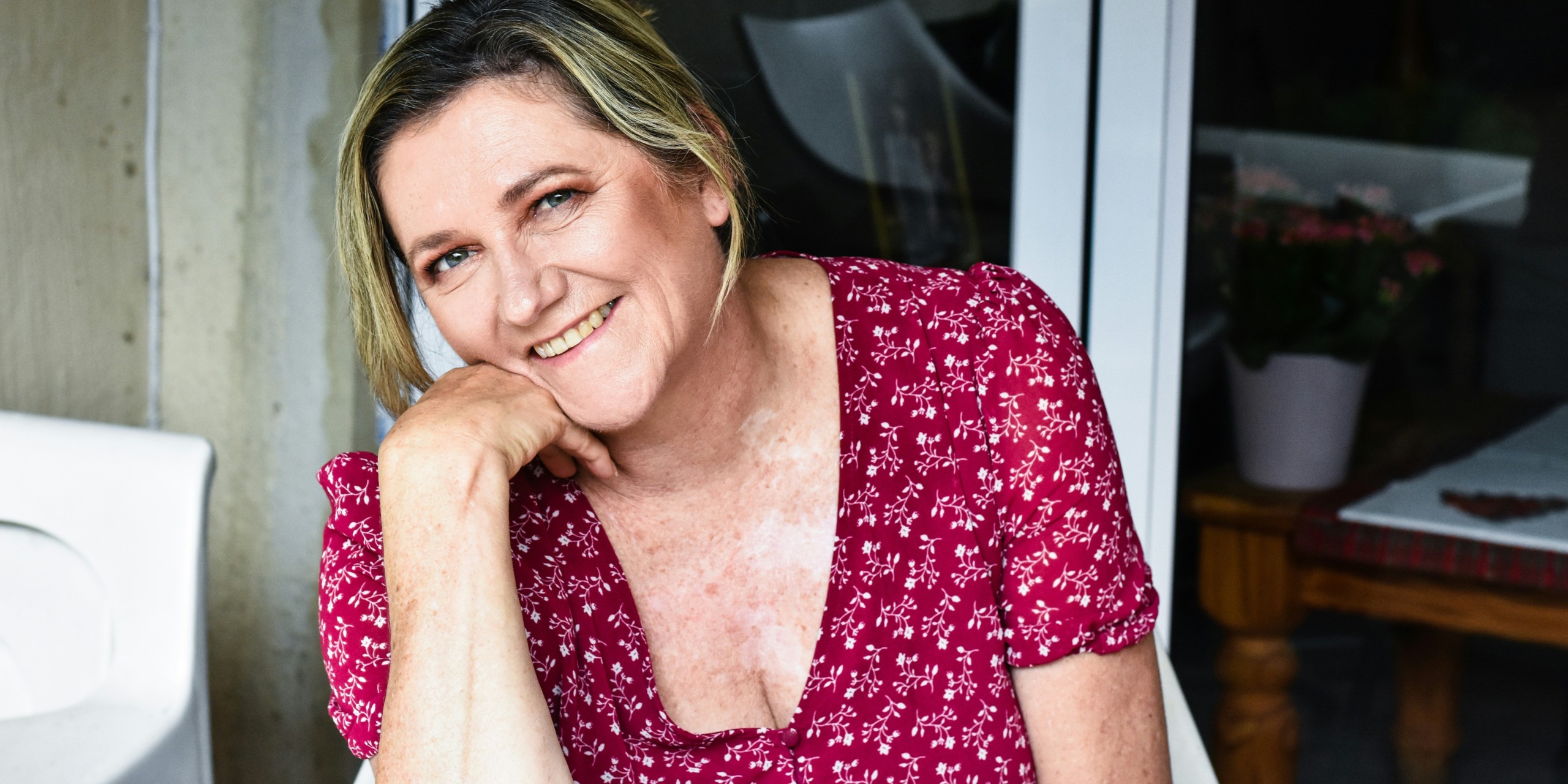Menopause & Movement: Dancing Through the Change
What Is Menopause, Anyway?
Menopause: that inevitable rite of passage where your ovaries decide to retire, typically between ages 45 and 55. Without getting too biological, your ovaries stop releasing eggs, which means there is a decline in the hormone oestrogen. As estrogen levels decline, you might experience hot flashes, mood swings, night sweats, brain fog, and more. But don’t worry—this isn’t a doom-and-gloom scenario. With the right moves (literally), you can breeze through this phase with strength and sass.
Can Exercise Help?
Absolutely! Think of exercise as your personal menopause superhero. Dr Lily Stojanovska explained, “Physical activity has many benefits during the menopause transition, such as strengthening bones and increasing muscle mass.” (1). This is important as the decrease in oestrogen means your bones are weaker and you lose muscle in this period, specifically “you lose 1% of muscle mass every year after the age of 30.” (2). The only way to slow down this decline is by exercising. You may ask why strength is important, but this is what enables you to lift shopping bags into the car, walk up and down stairs and pull them pesky weeds out in the garden. Exercise also encourages better sleep, reducing the likelihood of insomnia and helping you wake up feeling refreshed, like you did in your 20s. Therefore, exercise is a great way to minimise these effects to ensure you keep your healthy, strong body in the years to come.
Contrary to what you may think during the activity (e.g. “I just want to stop this torture”), one of the great strengths of physical activity, which cannot be gained from prescribed medication, is the mental health benefits. Exercise has been found to improve menopausal psychological symptoms such as anxiety and depression (1), ultimately improving quality of life. This is due to the release of feel-good hormones (endorphins). Balancing work, children, caring responsibilities, hobbies, cleaning and cooking (to name a few) is stressful enough, without additional hormone fluctuations. So, allowing yourself 30 minutes of ‘me time’ to do some physical activity not only helps your body but also helps your mind.

Cardiovascular Exercise
Cardiovascular exercise means moving your whole body for a longer period of time, improving your heart and lungs. This is particularly important as when oestrogen decreases, the risk of heart disease such as a heart attack or stroke increases. Some examples include:
• Dancing
• Swimming
• Cycling
• Walking
You do not have to sign up for a gym and stay on the Stairmaster for hours, creating a puddle of sweat underneath you for cardiovascular benefits. Here are some fun, manageable ways to get moving:
• Park in the space furthest away from the shop entrance to increase your steps
• Putting on your favourite artist and dancing while cooking dinner for your family
• Going on YouTube and finding a Zumba class to do at home before work in the morning
Strength Exercise
When oestrogen decreases, your risk of breaking bones increases as they are not as strong; however, doing strength-based activities can help improve the strength of your body and bones. A common misconception is that strength training makes you look big, bulky and masculine; however, this is incorrect as it helps tone and define muscles. Some exercise examples include:
• Lifting kettlebells and dumbbells
• Doing bodyweight pushing and pulling movements such as planks and squats
• Using resistance-based gym machines
However, similar to cardiovascular exercise, these can be done in simple, achievable ways without a gym membership. For example:
• A family competition with the activity changing every week
• Lifting cans of beans to do bicep curls while the kettle is boiling
• Practising 20 squats between meetings at work
Other Exercise Activities
The world of exercise stretches well beyond cardiovascular and strength activities only. The most important point is that you find a movement that you enjoy, as that means you are more likely to stick to it. This could include Yoga, Pilates, Zumba, Spinning classes, and Tai chi to name a few. My advice, initially, is to try out as many different exercise activities as you can and see which ones you enjoy, and which ones are like torture to attend. Look for local classes which fit in with your schedule, or YouTube has some great accessible videos to do at home too.
Signposting
There are some great resources surrounding exercise and menopause. Feeling overwhelmed by information? Start small. Try to incorporate a little movement into everyday, in whichever way suits you, and your body and mind will be grateful. As a thank you, your menopausal symptoms will ease, and your quality of life will improve. However, for some additional information and guidance, please see these great resources:
o 29-WHC-FACTSHEET-Exercise-in-menopause-JUNE2023-A.pdf
o SMPIL-24-007-Exercise-Nutrition-Lifestyle-in-Menopause.pdf
o EIM-FactSheet_Menopause_Prof-2022.pdf
Remember, the goal isn’t perfection- it’s progress. Find activities you enjoy and let movement be your ally through menopause.
References
Stojanovska, L., Apostolopoulos, V., Polman, R., & Borkoles, E. (2014). To exercise, or, not to exercise, during menopause and beyond. Maturitas, 77(4), 318-323.
Wilkins, B. (2024) How to exercise during the menopause and perimenopause to ease symptoms. https://www.womenshealthmag.com/uk/fitness/a41639225/menopause-exercise/

Rebecca Cupac (BSc)
Qualified PT currently undergoing a PhD at The University of Birmingham in Sport, Exercise and Rehabilitation Sciences

